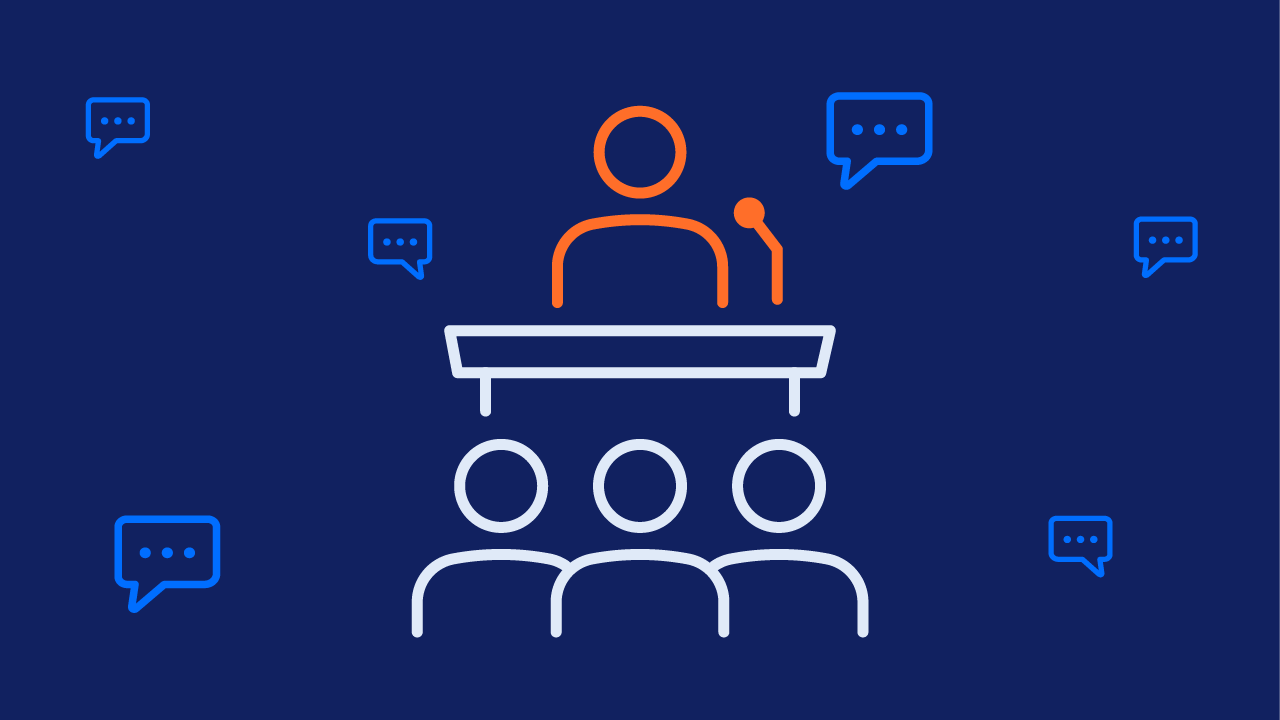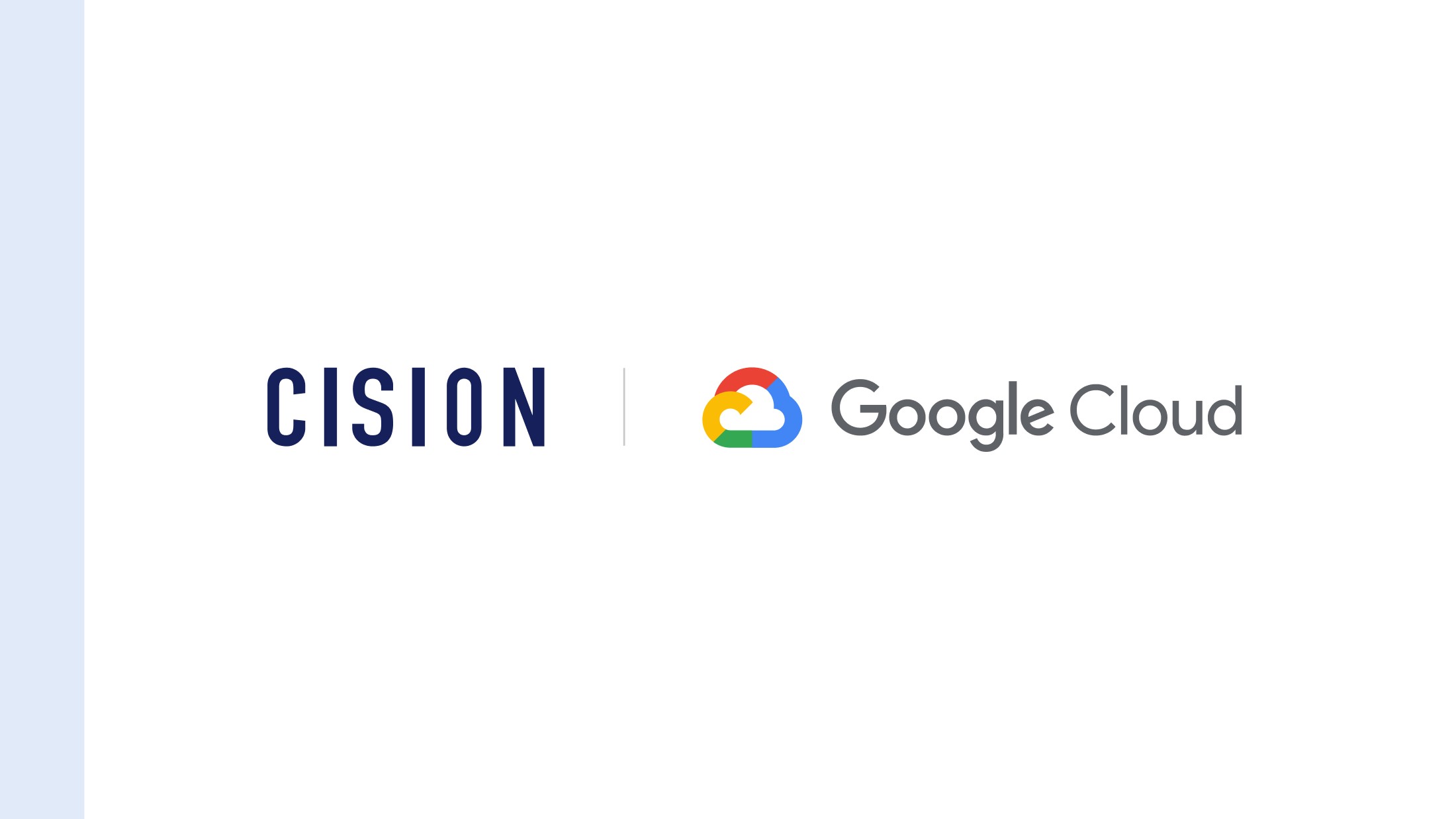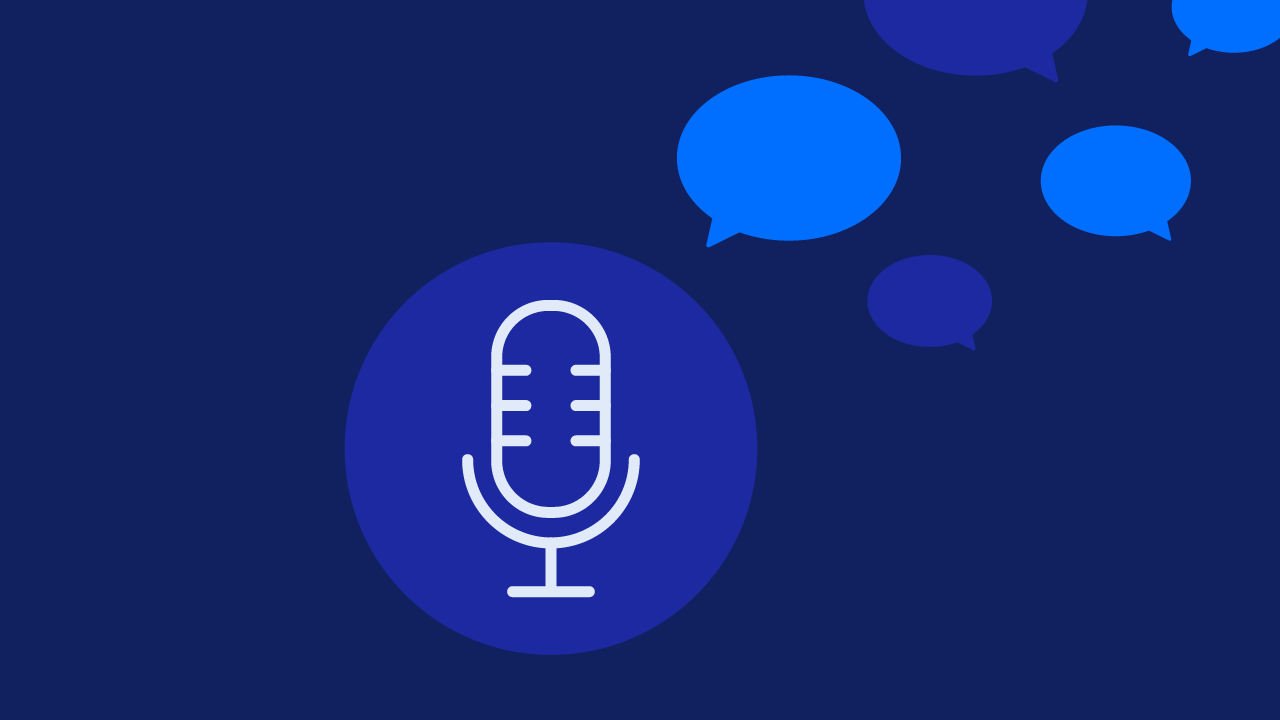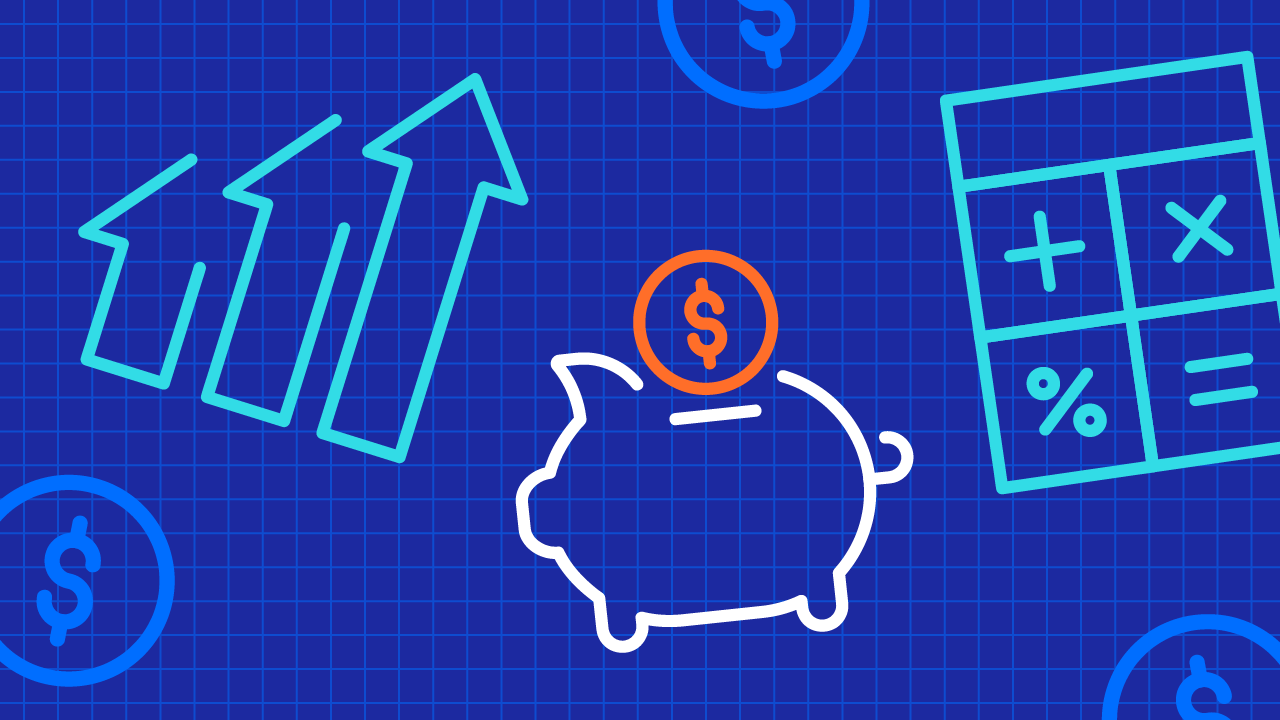Did you know the average person spends about 145 minutes each day on social media? That’s a lot of time – time they are likely spending discussing the brands they love (or hate). If you’re one of those brands, don’t you want visibility into those conversations?
Imagine being able to not only hear those discussions, but also understand the context around them, and use them to inform to inform your brand strategy. That’s where social listening comes in.
What is Social Listening?
Social listening is the process of tracking conversations across the internet – social media, blogs, forums, and review sites – around specific topics, such as your brand, industry, or competitors. But social listening, as a strategic public relations and marketing practice, is more than just about hearing what’s said. It's about understanding the emotions and context behind the words – so you can act on them.
Brands big and small can benefit from social listening. It not only helps you spot trends and understand what customers really think, but it also evaluates your brand’s place within the market.
Even better: These insights can inform strategies across your entire organization – from product development and customer service to marketing and operations.
Social Listening Vs. Social Media Monitoring: What's the Difference?
People often use these terms interchangeably, but they’re not quite the same. Here’s how they differ:
Social Media Monitoring
Social media monitoring is mainly a reactive approach. The focus is on tracking social media conversations that are directly related to your brand, and responding to them in real time. Here are the key elements of social media monitoring:
- Enables you to react to comments or messages as they come in
- Focuses on quantitative data (followers, shares, likes, etc.)
- Is typically limited to monitoring social platforms
- Answers the question: "What are people saying?"
Social Listening
Social listening is a more proactive, strategic approach that looks for broader context and trends, truly actionable insights to help shape an organization’s strategy. These insights are derived from analysis of conversations related to your industry, brand, and any topics relevant to your brand across the full breadth of online platforms. The key elements of social listening include:
- Enables you to identify emerging issues or opportunities
- Gives qualitative insights (context and emotions behind the data)
- Extends beyond monitoring social media, diving into blogs, forums, news sites, etc.
- Answers the question: "Why are people talking, and what does it mean?"
Both have their unique value and, together, they help brands gain deeper insights – social media monitoring tells you what's happening and social listening tells you why.
Why Social Listening Matters in PR
In public relations, social listening isn't just a nice-to-have – it's a must-have. Here's why:
Competitive Analysis
Want to know what people love (or hate) about your competitors? Social listening can tell you. Use that intel to differentiate your brand and grab a bigger share of the conversation.
Crisis Detection and Communication
Social listening is your early warning system. It helps you spot potential issues before they escalate, allowing you to shape your message proactively. This approach can mitigate damage and increase brand trust with your audience.

Customer Insights
Forget the guesswork. Social listening taps directly into what your customers want, need, and struggle with. It’s not just about putting our fires or addressing complaints – it's about building products and services people actually want.
Real-Time Brand Management
Public opinion can shift in an instant. Social listening keeps you in the loop, allowing you to address concerns quickly. Early identification is the key to countering misinformation and safeguarding brand reputation.

Strategic Insights and Influencer Identification
Need data to back up your PR strategy? Social listening delivers. It also helps you find the right influencers – people who authentically connect with your brand and can amplify your message.

Trend and Opportunity Spotting
Stay ahead of the curve by identifying trends as they emerge. Social listening helps you understand what resonates with your target audience, so you can stay relevant and timely.
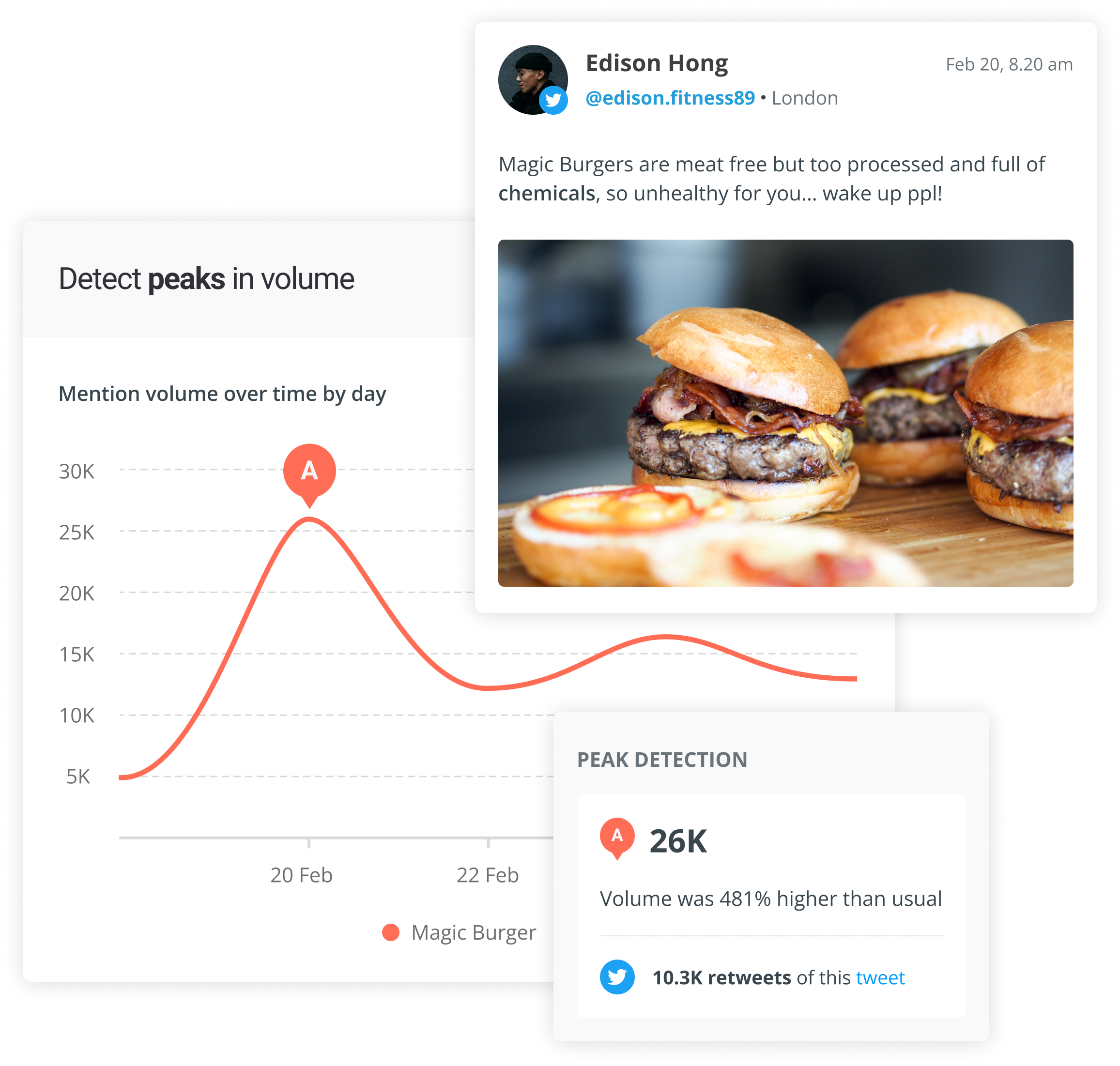
Examples of Social Listening
Here are some real-world applications of social listening:
- Product Development: A software company uses customer feedback to guide feature updates and bug fixes.
- Campaign Optimization: An automaker tracks engagement with promotional campaigns for a new model launch to tie their efforts back to revenue.
- Competitive Benchmarking: A beauty brand studies the reception of a competitor’s similar product launch.
- Audience Expansion: A jewelry maker identifies influencers to reach new demographics.
- Reputation Management: A fashion retailer quickly addresses quality concerns to maintain a positive brand image.
- Customer Experience: A restaurant chain improves service based on wait-time complaints.
Building Your Social Listening Strategy
Here’s a roadmap to building an effective social listening strategy:
- Set Clear Goals: What do you want to achieve? Whether it’s brand awareness or crisis management, your goals will shape your entire strategy, from the tools you choose to the metrics you track. (For guidance on the most meaningful metrics, check out our tip sheet, 7 Essential PR Metrics to Prove Impact.)
- Choose the Right Tools: Select a social listening platform that fits your needs and budget. Look for features like sentiment analysis, trend tracking, and customizable dashboards to streamline your analysis and reporting.
- Define Your Queries: What keywords and phrases matter to your brand? Expand beyond your brand to include industry terms, competitor names, key employees, slogans/mottos, and relevant hashtags. Start broad, then refine over time.
- Analyze the Data: Look for patterns and themes in the data. What’s driving positive or negative sentiment? Who are the most influential voices? Understanding the story behind the numbers is key.
- Take Action: Translate your insights into concrete actions. Whether it’s tweaking your messaging or addressing service issues, make sure that the data leads to specific action.
- Cross-Functional Collaboration: Share insights across departments to maximize the value and impact of your social listening. Establish a process for sharing relevant insights with the appropriate teams.
- Benchmark and Track Progress: Establish baseline metrics and regularly assess your progress. This will help you measure the impact of your social listening efforts and refine your strategy.
- Refine and Repeat: Social listening is an ongoing process. Regularly revisit and adjust your approach based on what you learn.
Best Practices for Social Listening
To make the most of your social listening efforts, keep these tips in mind:
- Act on Insights: Don't just collect data - use it. Regularly review your results and adjust your strategy.
- Be Consistent: Make social listening part of your daily routine.
- Focus on What Matters: Learn to separate the signal from the noise. Is it a lone complainer or a brewing crisis? Not every mention is equally important.
- Connect the Dots: Combine social listening with other data sources for a more comprehensive view of your audience.
- Respect Privacy: Always adhere to data privacy regulations to maintain trust.
Need a Hand?
Let’s face it – making sense of all the online chatter is tough. There’s just too much to sort through on your own. That’s where tools like Cision Social Listening come in handy.
Cision Social Listening gives you instant access to millions of conversations across major social platforms, forums, and review sites. It helps you quickly understand what’s being said with features like benchmarking tools, automated sentiment and emotional classification, activity alerts, and other actionable insights.
It’s like having a team of expert analysts working behind the scenes for you, 24/7.
The Bottom Line
Social listening isn't just about keeping tabs on your brand. It's about truly understanding your audience, anticipating their needs, and positioning your brand to meet those needs effectively. In the world of PR, knowledge is power - and social listening gives you that power.
For a deeper dive into social listening, check out The Art of Social PR: The Complete Guide to Social Listening for PR.
To find out what Cision Social Listening can do for you, speak with one of our experts.



